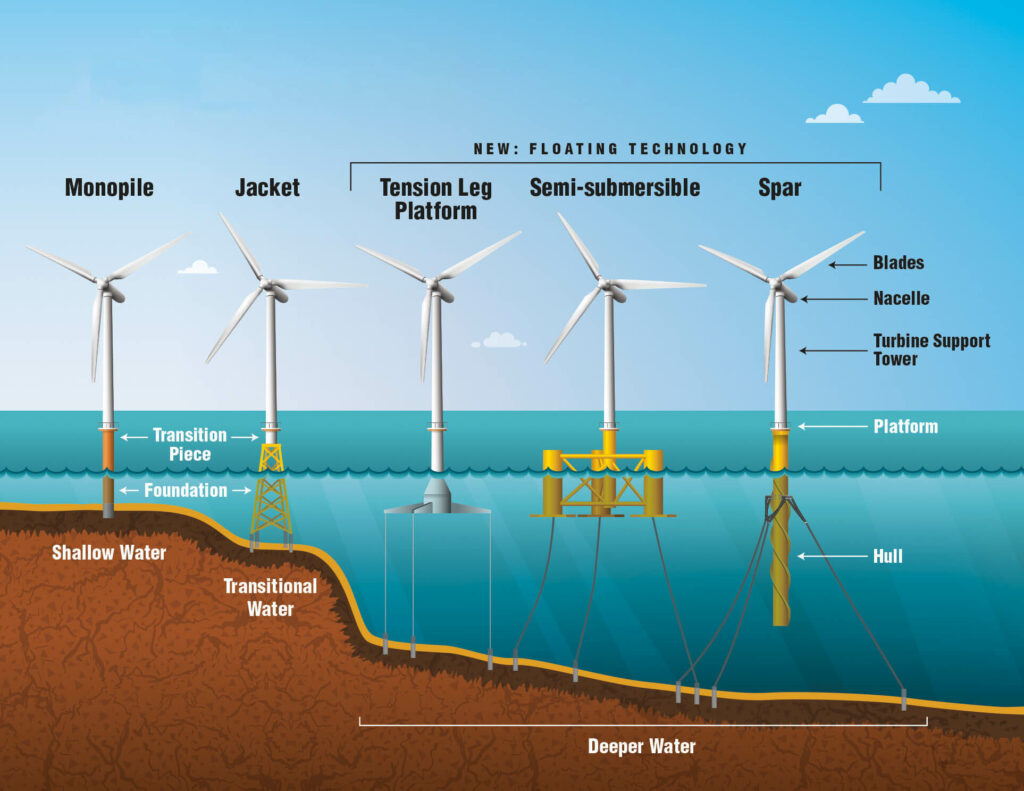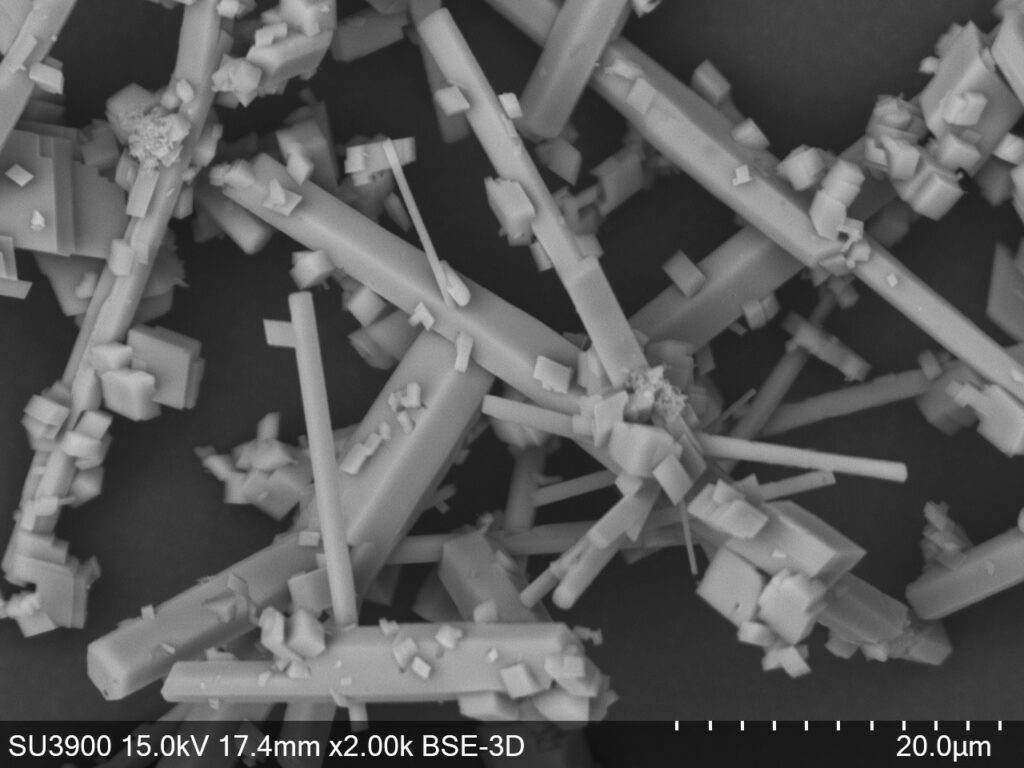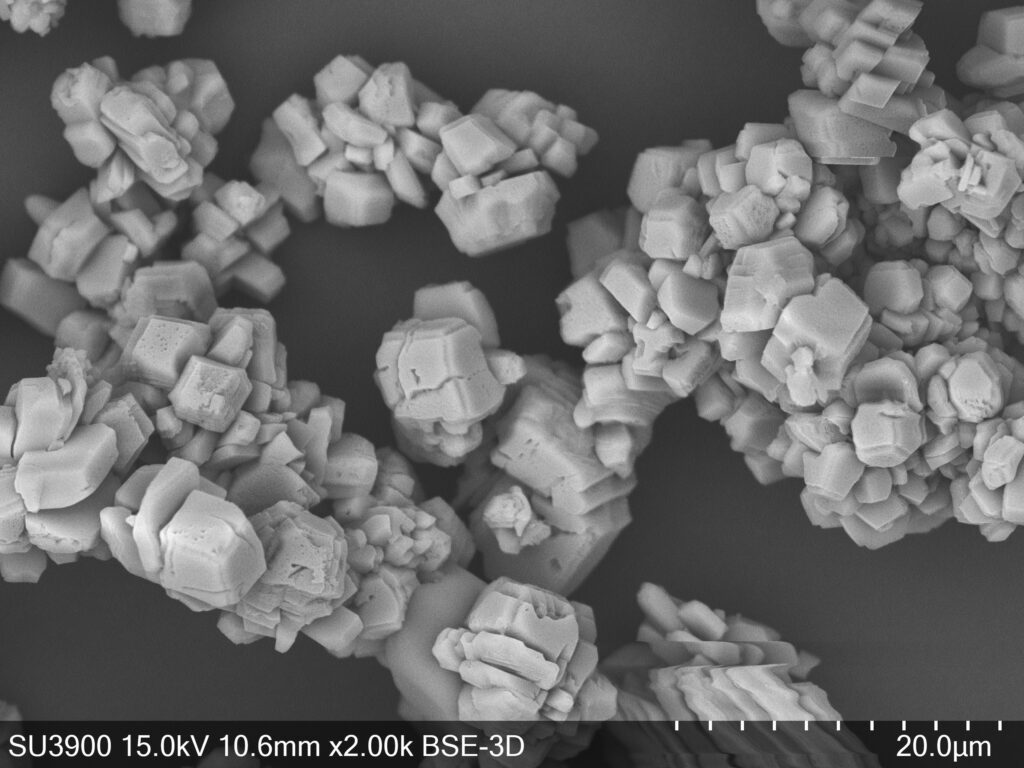Natural materials at a micro or nanoscopic scale captivate us with their repetition and geometric forms. These forms are not only fascinating to look at, but they also significantly influence the integrity of large-scale structures. Civil engineer Alain Conrado-Palafox from Western University has been utilizing these natural microscopic forms to help predict how buildings and structures will stabilize on the earth beneath them.
Large-scale offshore wind farms present an excellent solution to land-based wind farms, addressing land management concerns and accessing optimal wind resources. However, the design of monopiles, which form over half of all offshore wind turbine foundations, often overlooks the underlying carbonate soil.

Alain has created lab-grown calcium carbonate particles to simulate the marine sediments from the Gulf of Mexico and the Caribbean. These synthetically created particles, depending on factors such as temperature, produce different forms of aragonite and calcite. Despite being composed of the same elements, each form exhibits a distinct structural arrangement. Alain’s research aims to determine which artificial particles best mimic the geotechnical behavior of in-situ marine sediments, enabling researchers to design better and more stable offshore wind farms.


This collaboration underscores the importance of our advanced microscopy capabilities and their impact on ground-breaking research in renewable energy and marine science. At SSW, we house a vast array of equipment. Our Scanning Electron Microscopes (SEMs) offer a wide range of magnifications, from imaging macro objects down to the tiniest nano-scale structures. This versatility, combined with our expertise in obtaining crystal-clear images, sets us apart from other labs.
If you have any exciting projects where you want to study from macro to nano, please let us know! Our team is always eager to collaborate and contribute to innovative research.

